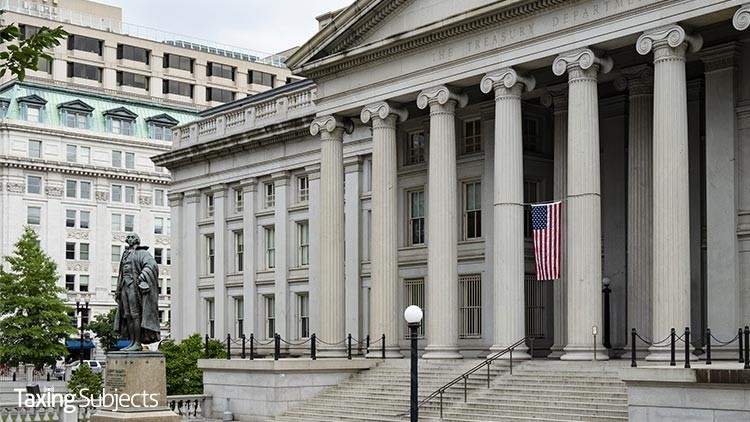
For some taxpayers paying estimated taxes who have filed their 2018 tax returns there’s a little bit of bad news—and some good news.
The bad news is they failed to claim the special waiver that would have spared them from the estimated tax penalty mandated when withholding and estimated tax payments fell short of their total tax liability.
The good news is the IRS is granting the waiver automatically and will refund any penalty payments eligible taxpayers made. There’s no need to contact the IRS to request the waiver.
How Did That Happen?
Earlier this year, the IRS lowered the usual 90% penalty threshold to 80% to help taxpayers whose withholding and estimated tax payments fell short of their total 2018 tax liability. The agency also removed the requirement that estimated tax payments be made in four equal installments, as long as they were all made by Jan. 15, 2019.
The 90% threshold was initially lowered to 85% on Jan 16 and further lowered to 80% on March 22.
About 400,000 taxpayers will qualify for the automatic waiver, which applies to any individual who paid at least 80% of their total tax liability through withholding or quarterly estimated tax payments but did not claim the special waiver when they filed their 2018 return earlier this year.
“The IRS is taking this step to help affected taxpayers,” said IRS Commissioner Chuck Rettig. “This waiver is designed to provide relief to any person who filed too early to take advantage of the waiver or was unaware of it when they filed.”
Refunds Planned for Qualified Taxpayers
Over the next few months, the IRS will mail copies of notice CP21 granting this relief to affected taxpayers. Any eligible taxpayer who already paid the penalty will also receive a refund check about three weeks after their CP21 notice regardless if they requested penalty relief.
The IRS stresses that eligible taxpayers who have already filed a 2018 return do not need to request penalty relief, contact the IRS or take any other action to receive this relief.
For those taxpayers who have yet to file, eligible taxpayers are urged to claim the waiver on their return. This includes taxpayers with filing extensions due to run out on Oct. 15, 2019.
The quickest and easiest way is to file electronically and take advantage of the waiver computation built into their tax software package. Those who choose to file on paper can fill out Form 2210 and attach it to their 2018 return. See the instructions to Form 2210 for details.
Check That Withholding
Like last year, the IRS urges everyone to do a “Paycheck Checkup” and review their withholding for 2019. This is especially important for anyone who faced an unexpected tax bill or a penalty when they filed this year. It’s also an important step for those who made withholding adjustments in 2018 or had a major life change.
To get started, check out the new Tax Withholding Estimator, available on IRS.gov. More information about tax withholding and estimated tax can be found on the IRS’ Pay As You Go web page, as well as in Publication 505.
